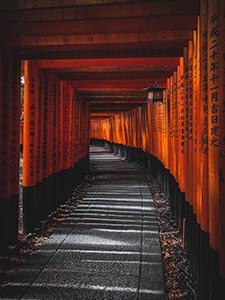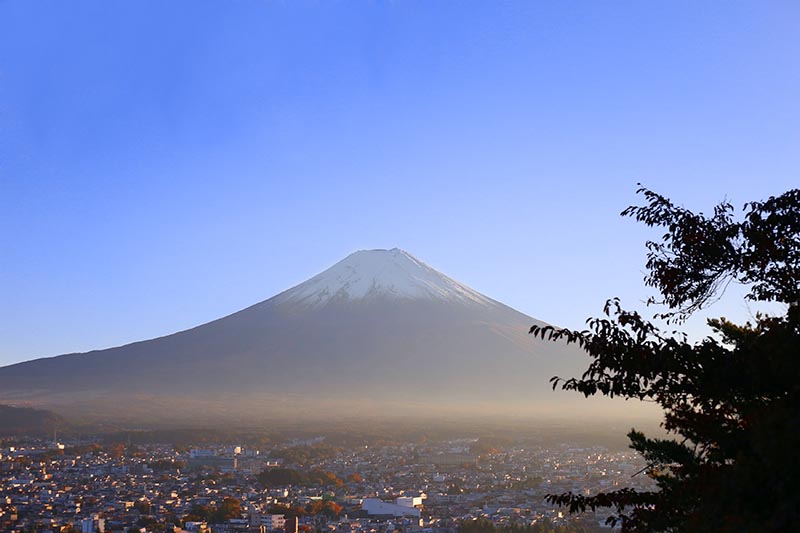Your cart is currently empty!
prodpran

Overview of japan. The island nation of Japan is in East Asia and has a population of about 126 million people. It is renowned for its deep cultural heritage, distinct lifestyle, and technical breakthroughs. Along with numerous smaller islands, Japan is made up of four main islands: Honshu, Hokkaido, Kyushu, and Shikoku.
The third-largest economy in the world, Japan’s economic sector includes everything from electronics to the production of automobiles. With businesses like Sony and Toyota setting the bar for innovation, the nation has significantly contributed to science and technology.
Japan has a rich cultural heritage and a distinctive set of rituals and traditions. It is renowned for its ancient arts, including calligraphy and flower arranging, martial arts, and tea ceremonies. The cuisine of Japan, which features ramen, sushi, and many other foods, is also well-known.
The language and behavior of Japanese people exhibit a high emphasis on respect and civility in their dealings with others. Before entering a home or temple, it’s important to remove one’s shoes and bow as a form of greeting.
Overview of japan. Japan is a fascinating nation with a deep cultural heritage. Japan offers a wealth of exploration opportunities, from its contemporary cities to its ancient traditions.
With a long history that has been impacted by both internal and external causes, Japanese culture is rich and multidimensional. Here are some essential facets of Japanese culture to help you learn more about this amazing nation.
Respect and Courtesy: When interacting with others, Japanese people place a high value on respect and courtesies. Their language and behavior reflect this, with bowing being a typical welcoming gesture.

Japanese society strongly emphasizes the importance of the collective over the individual. Their workplace culture reflects this, emphasizing the needs of the group over those of the individual.
Japanese society places a high value on hierarchy, with members of the public required to show respect for those in positions of power. In the workplace, where seniority is greatly valued, this is evident.
Traditional Arts: Calligraphy, flower arranging, and tea ceremonies are just a few of the country’s many artistic traditions. These artistic disciplines have a long history in Japan and are still used today.
Japanese cuisine is well-known throughout the world and is an essential component of Japanese culture. Japanese food is variety and tasty, from ramen to sushi.
Technology: Companies like Sony and Toyota are at the forefront of technical innovation in Japan, which is well-known for its innovations in this area. In Japan, technology is deeply ingrained and is viewed as a means of enhancing people’s lives.
Overall, Japanese culture is distinct and complex, with a long history that has been influenced by many different factors. Japan has a lot to offer those who are interested in learning about its culture, from its emphasis on decency and respect to its traditional arts and cuisine.
A unique country, Japan successfully blends traditional and modern culture. In Japan, there is plenty to see and do for everyone, from bustling cities to serene shrines. Here are the top ten places to visit in Japan:
Any traveler should take the time to explore Tokyo, the capital of Japan. Explore the contemporary architecture, sample some of the world’s best cuisine, and visit the city’s traditional temples.
Kyoto is a culturally and historically significant city with over 2,000 temples and shrines. Take a trip to the renowned Arashiyama bamboo grove, the well-known Fushimi Inari Shrine, and the magnificent Kinkaku-ji temple.

The gastronomic capital of Japan is Osaka, which is renowned for both its delectable street cuisine and its vibrant nightlife. Take a tour of the renowned Osaka Castle, stroll through the bustling Dotonbori district, and ride the renowned Osaka Ferris Wheel.
Hiroshima: Despite its tragic history, the city was rebuilt and is now a vibrant metropolis. Visit the renowned Itsukushima Shrine and the Peace Memorial Park and Museum by taking a trip to Miyajima Island.
Hokkaido: Japan’s northernmost island, Hokkaido, is a sanctuary for those who enjoy the outdoors. Enjoy some of the freshest seafood Japan has to offer while exploring the breathtaking national parks, ski resorts, and hot springs.
The small city of Nara, which is adjacent to Kyoto, is well-known for its many temples and the friendly deer that freely roam the streets. Explore Nara Park’s breathtaking surroundings and the renowned Todai-ji temple with its colossal Buddha statue.
The tallest mountain in Japan and a symbol of the country’s natural splendor is the renowned Mount Fuji. Take a hike up the mountain or simply enjoy the view from one of the neighboring lakes or hot springs.
Located in the southern region of Japan, Okinawa is a tropical paradise with gorgeous beaches and clean oceans. Take part in water sports such as diving, snorkeling, and others while learning about the unique culture of the Ryukyu Islands.
Kanazawa: This Japanese city on the west coast is well known for its beautiful gardens and historic districts. Visit the Kenrokuen Garden, one of Japan’s most renowned gardens, and the storied Higashi Chaya neighborhood.
Nikko: Known for its spectacular temples and pristine scenery, Nikko is a little town in the hills to the north of Tokyo. Discover the renowned Toshogu Shrine and admire the breathtaking scenery of the national park.
Overview of japan.
